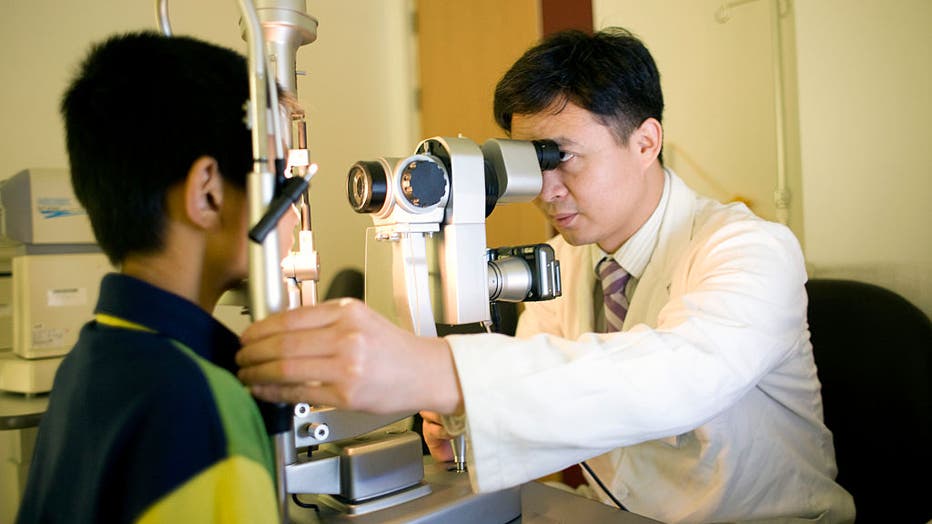Over 1 in 3 children worldwide are nearsighted, study finds

Study: 1 in 5 parents worry their child has no friends
Dr. Sarah Clark, a research scientist at the University of Michigan Health C.S. Mott Children's Hospital joins LiveNOW's Carel Lajara to discuss the study of parents and their concerns regarding their children having friends.
LOS ANGELES - A new study published in the British Journal of Ophthalmology has revealed a sharp rise in childhood nearsightedness, or myopia, with over one-third of children globally now affected.
This number is expected to increase to almost 40% by 2050, marking a significant global public health challenge.
Why are myopia rates rising?
Researchers identified several key factors contributing to the rise in myopia:
- Early formal education: In East Asian countries like Japan and South Korea, children start school as early as 2 or 3 years old, which may strain their developing eyesight. Japan, in particular, leads with 86% of children affected by nearsightedness.
- Urban living: Children living in urban areas are more likely to develop myopia compared to their rural counterparts. This disparity is attributed to environmental factors such as increased screen time and less outdoor activity, which have been linked to higher rates of eye strain.
- Regional disparities: Myopia is most prevalent in East Asia, where rates are notably higher than in other parts of the world. South Korea, for example, has the second-highest rate of nearsightedness, with 74% of children affected.

FILE - A doctor checks the eyes of a child. ((Photo by Ryan Pyle/Corbis via Getty Images)
How can parents protect their children's eyesight?
Experts recommend several strategies to help reduce the progression of myopia in children. These include encouraging more time outdoors, reducing screen time, and following practices like the 20-20-20 rule: taking a 20-second break every 20 minutes to look at something 20 feet away.
Research also suggests that limiting close-up activities like reading and playing computer games can help prevent further strain on developing eyes. As childhood myopia is predicted to rise, the focus on preventive measures becomes more crucial.
The Source: This information was derived from a study published in the British Journal of Ophthalmology.

